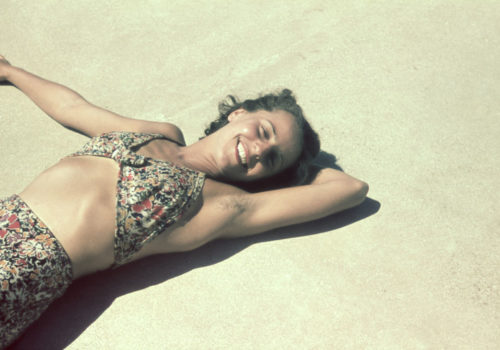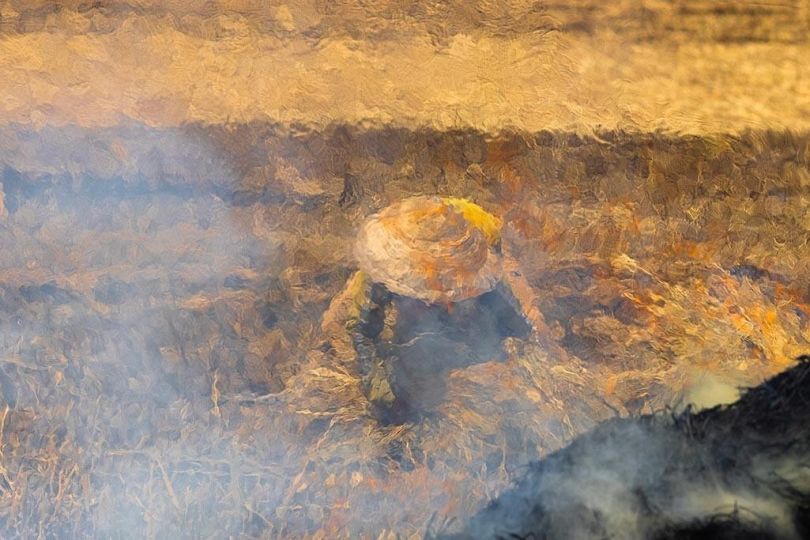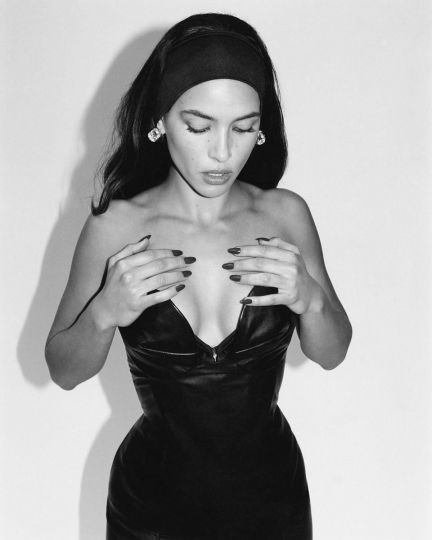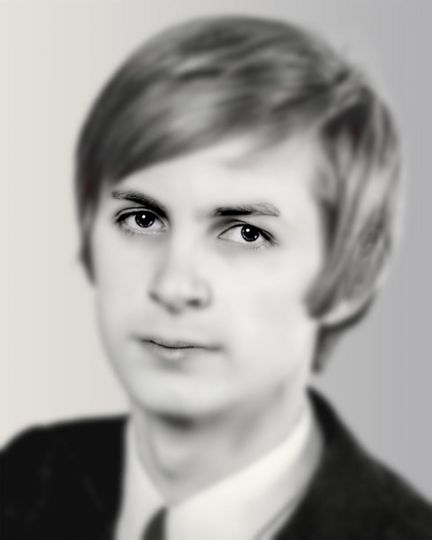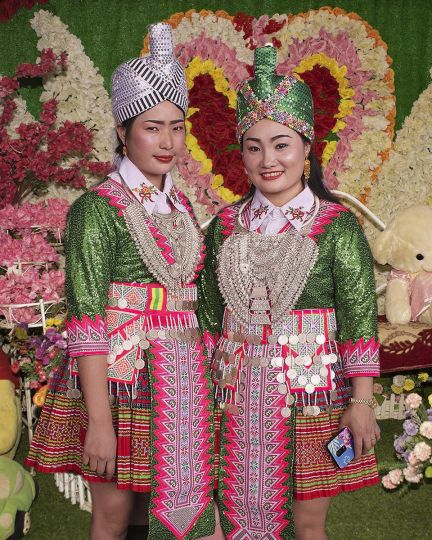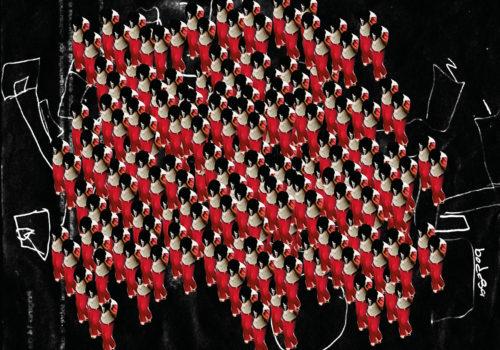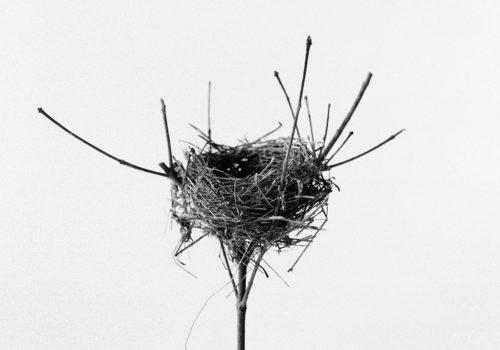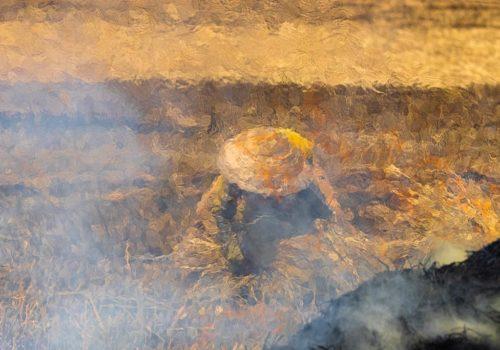The exhibition Light as Colour: Coloured and Colour Photography in Slovenia from Its Origins until 1945 offers a review of coloured and colour photographic production on Slovenian soil from its origins in mid-19th century until 1945. In the beginning, it encompassed various colouring techniques and from the early 20th century onwards genuine, standardised colour processes; from 1907 onwards the so-called Autochrome plates were in use and by the mid-1930s these were replaced by colour film transparencies . With a total of around 300 works, mostly exhibited as reproductions due to the specifics of the material, it presents individual oeuvres of authors, as well as the most important thematic sets (landscape, genre, portrait, night-time photographs etc.). The exhibition will be accompanied by a comprehensive catalogue with an introductory paper, a bibliography and c. 150 colour reproductions.
In the 1920s and first half of the 1930s photographers in Slovenia used the so-called Agfa colour plates. Less than ten of them have been preserved; it is known that the professional photographer from Celje Josip Pelikan and Pavel Kunc from a known family of photographers from Ljubljana took photographs on such plates. The latter became acquainted with colour at a renowned college of graphic design in Vienna. Among the rare images, i.e. transparencies, portraits of fashionable ladies prevail.
In the second half of the 1930s the colour photography market was dominated by subtractive transparencies and by large photography companies, e.g. the American Kodak and the German Agfa, which eventually superseded the additive, though contemporary Dufaycolor transparency. The standardised processes, adequate quality, mass production, skilful marketing and reasonable prices brought about the first genuine flowering of colour transparencies in Slovenia. It is estimated that around 2000 colour shots are known from that period.
At that time the following individuals established themselves: members of the Fotoklub Ljubljana (Photo Club of Ljubljana), the journalist Karlo Kocjančič from Ljubljana, the pharmacist Ivo Koželj and electrical technician Slavko Smolej, both from Jesenice, and a few independent photographers, e.g. Professor of Mathematics and Physics Franc Bajd and the professional photographer Peter Lampič, both from Ljubljana, and the amateur Mirko Križnar from Kranj. The landscapes, portraits, genres and still lifes from the early days of the medium were complemented by shots of movement and public events, by scenes of urban exteriors and interiors, and images of industrial buildings. Most of the authors upgraded their initial realistic approach with experimental shots under poor and monochromatic light and with colour studies, sequential atmospheric shots and modernistic compositional series. In the domain of science colour photography was extensively used in popular botany.
Dr Primož Lampič, curator for photography, Museum of Architecture and Design
EXHIBITION
Light as Colour: Coloured and Colour Photography in Slovenia from Its Origins until 1945
April 17 – August 17, 2014
Museum of Architecture and Design
Ljubljana, Slovenia

